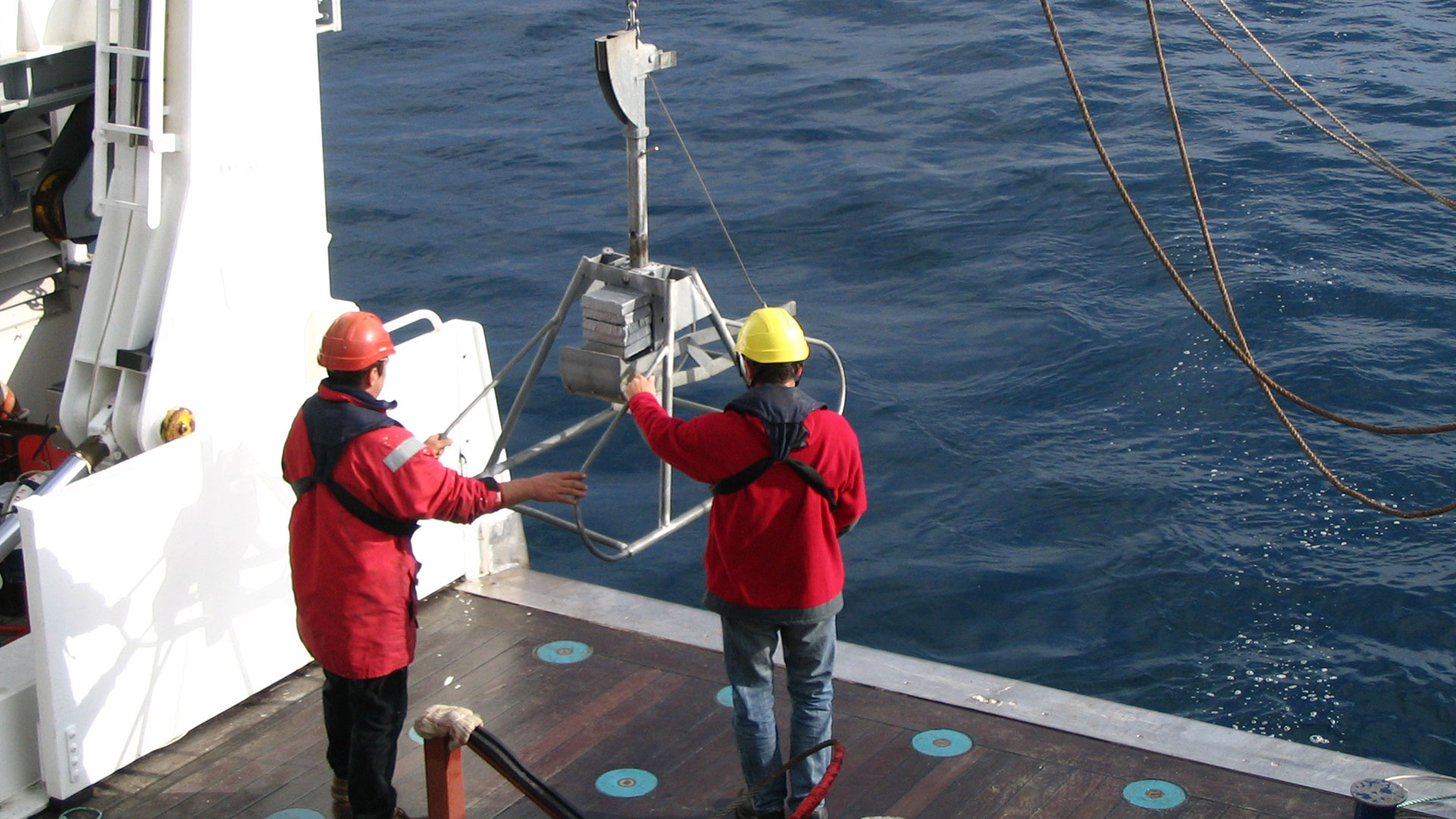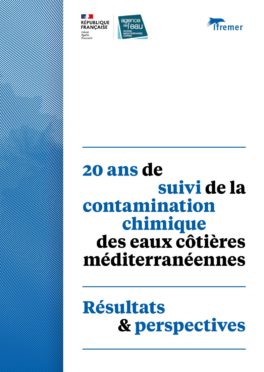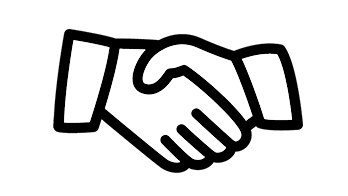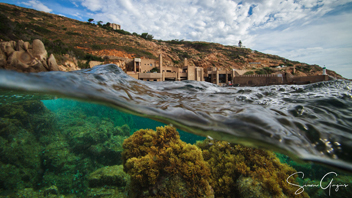
CHARACTERIZATION OF COASTAL WATER POLLUTION IN THE FRENCH MEDITERRANEAN
Since 1996, the Agency has developed an ambitious policy of characterization and monitoring of coastal waters. Numerous partnerships, including those with Ifremer, have made it possible to set up chemical contamination monitoring networks covering the entire Mediterranean coast.
These networks are as follows :
– The RINBIO network uses mussel caging to assess the bioavailable chemical contamination of a water body. It is operated by Ifremer ;
– The RADIOELEMENTS component of RINBIO allows the monitoring of radioactivity and in particular Cesium 137 in the flesh of mollusks. It is operated by IRSN ;
– The CONTAMED network assesses the level of contaminants in high trophic level fish (Ifremer). It is completed by the CETAMED network which monitors contaminants in cetaceans (WWF) ;
– The REMTOX network assesses the toxicity of marine sediments. It is based on bioassays testing oyster larvae and is operated by Ifremer ;
– The ROCCh Sediments network evaluates the levels of chemical contamination in the sedimentary matrix ; it is operated by Ifremer
– The MICROPLASTICS network focuses on the quantification of sub-surface microplastics in the coastal zone. It is operated by Ifremer ;
– The OSCREEN network concerns the research of phytoplankton Ostreopsis ovata. It has been operated by Ifremer only in 2011.
These different networks allow to assess the levels of contamination of coastal waters and their adequacy with environmental quality standards, their bioaccumulation in the food chain and the effects. Each network follows its own list of contaminants, adapted according to the matrix monitored and the issues at stake. Generally speaking, these systems are constantly being optimized in terms of both spatial and temporal approaches. They contribute to meeting national and European obligations in terms of monitoring, but also and mainly to steering and evaluating policies to combat marine pollution.
A mapping by network is visible in MEDTRIX. It shows the location of monitoring points and, for most networks, a classification for each element is applied according to the values measured.
Contacts: Pierre Boissery (pierre.boissery@eaurmc.fr) and Marc Bouchoucha (Marc.Bouchoucha@ifremer.fr)
Project leaders: AERMC – https://www.eaurmc.fr & Ifremer – http://wwz.ifremer.fr
Update frequency: The update is specific to each network presented in this project; it varies between one, three or six years.
Partners: Institut de Radioprotection et de Sûreté Nucléaire, Ifremer, WWF, Agence de l’eau Rhône Méditerranée et Corse, Faculté de Pharmacie de Marseille, MIO.







